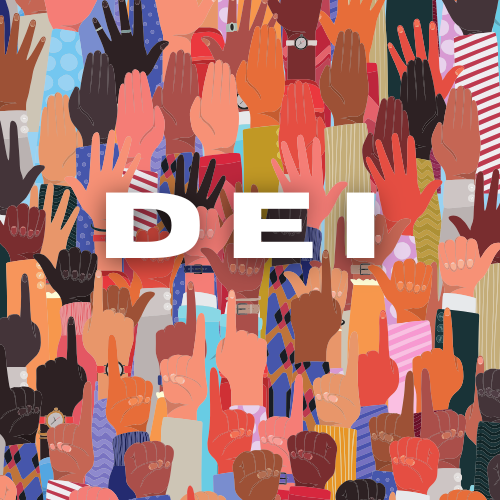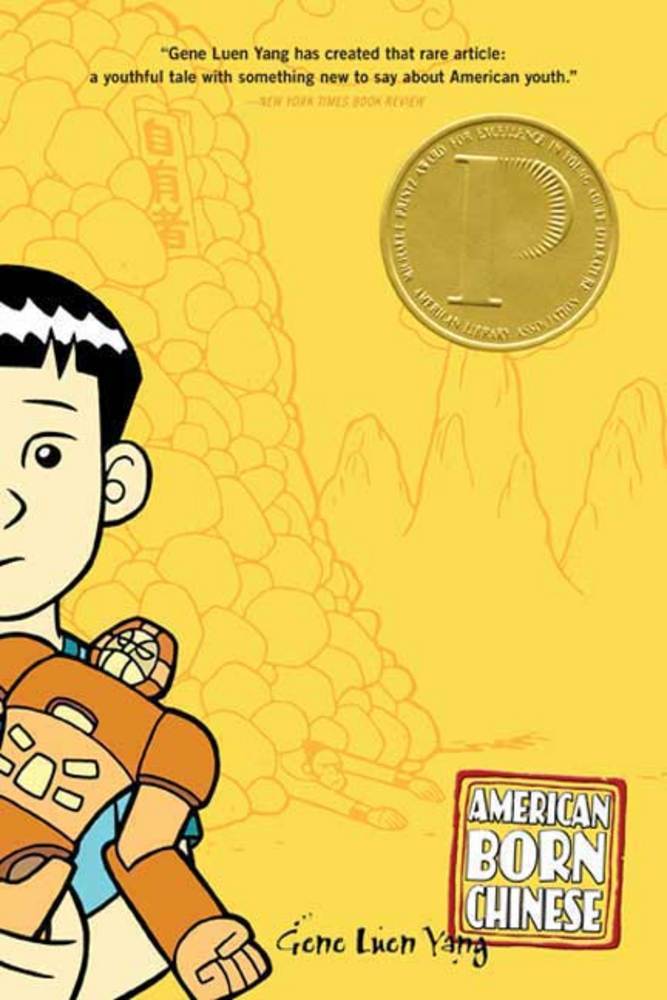“It’s easy to become anything you wish…so long as you’re willing to forfeit your soul.”
In Gene Luen Yang’s 2006 graphic novel, American Born Chinese, Jin Wang receives this sagely advice from his mother’s herbalist’s wife. On the surface, her words come as a reply to Jin’s declaration that he wants to become a Transformer when he grows up. Beyond their ostensible meaning, however, her words serve as an ominous foreshadowing of the struggles faced by Jin and the two other main protagonists in the novel: Danny, a self-christened All-American Boy, and the Monkey King, a mythical creature determined to become equal to humans.
The novel follows the stories of Jin, Danny, and the Monkey King, alternating between the three plot lines over the course of 233 vibrantly illustrated pages. Aesthetically, Yang’s panels utilize an appealing color palette of neutrals, punctuated with occasional bold colors to interrupt visual monotony. Yang also maintains the integrity of the medium, as the narration boxes, dialogue bubbles, and onomatopoeias characteristic of graphic novels are maintained.
While dialogue is minimal, it functionally carries the plot along. Although switches between the three plot lines are initially abrupt, Yang more than makes up for these staccato transitions toward the end of the novel, when readers finally understand the connection between Jin, Danny, and the Monkey King, and how each is dependent on the other two for the furthering of his own story.
Thematically,American Born Chinesepresents the experience of ‘otherness’ in different forms. Jin is a Chinese-American boy struggling to find a sense of belonging in his predominantly white, suburban elementary school. Conversely, Danny is the quintessential All-American Boy, until this title is unceremoniously stripped from his grasp by a visit from his “FOB-y” cousin, Chin-Kee. Meanwhile, the Monkey King is a deity struggling to accept his status as a monkey, and longing for the respect given to humans.
Each character attempts to transform, visually, into something or someone else. Circling back to the herbalist’s wife’s advice, the process of their transformations, which is followed over the course of the novel, reveals unanticipated costs.
Yang adeptly addresses issues such as discrimination, racial self-loathing, and assimilation with humor, crafting a work that is equal parts visually engaging, entertaining, and thought-provoking. Although the novel focuses on the first generation Chinese-American experience, the novel’s messages of yearning to belong and struggling to maintain appearances possess a universality that anyone can connect to.
Though published over a decade ago, the novel also addresses issues of identity and appearance that remain relevant in contemporary discussions of race, such as the discussion about code-switching sparked by films like BlacKkKlansman. For its humor, relevance, and ease of readability (it is a very quick read), American Born Chineseshould definitely be added to your 2019 reading list.






























